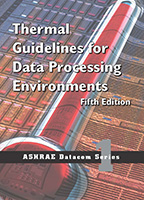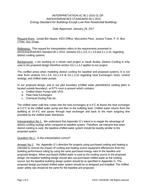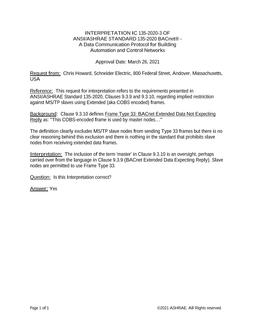Click here to purchase
There is an increased demand for hourly heat and moisture simulations for buildings. In simulation programs aimed at energy calculations, it has been enough to include the parameters: temperature, relative humidity, solar radiation, wind speed, wind direction, and cloud cover (Crawley et al. 1999; Wilcox and Marion 2008). These parameters are often a mix of measured and calculated data. Long-wave radiation from the sky and precipitation are sometimes used as parameters but are not as frequently measured. When focusing on horizontal or tilted surfaces, long-wave radiation can not be neglected. In most climate files, the long-wave radiation is not present, so the simulation programs have to make an educated guess based on available parameters. One important secondary parameter is cloudiness, which is measured or calculated from solar radiation compared to maximal theoretic solar radiation. Precipitation is necessary when making moisture calculations for the building envelope. The precipitation is often measured every 6th or 12th hour, so the simulation programs must distribute this over a period hours in between. This paper presents some of the techniques for these calculations and compares the results with real, hourly measured data for four locations in Sweden. General results are that the existing investigated models for long-wave radiation give a root-mean-square accuracy between 24–27 W/m2 and that the models for Sweden using parameters identified above give a root-mean-square error up to 23.2 W/m2. For precipitation, the optimal hourly limit value for precipitation was 88% RHc.
Citation: Thermal Performance, International Conference, 2010
Product Details
- Published:
- 2010
- Number of Pages:
- 10
- File Size:
- 1 file , 1.5 MB
- Product Code(s):
- D-BUILDINGSXI-111


